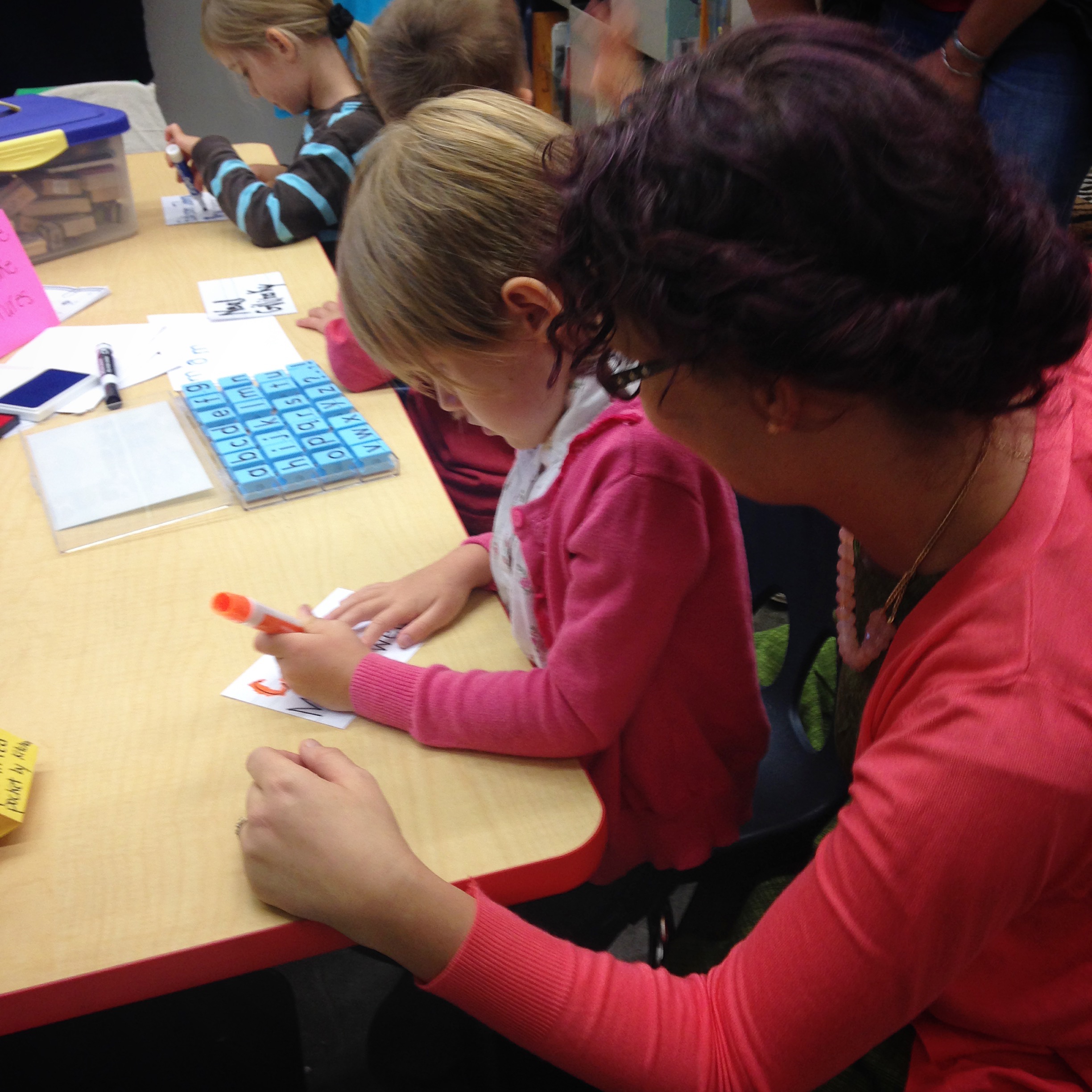There is nothing quite as irritating as the sound of a child whining. Except maybe the whistling whine of a dog. Or nails on a chalkboard. Or the drip drip dripping of a leaky faucet. Or someone messing with crinkly wrappers when you’re trying to enjoy a movie. Okay, so I may have a personal long list of highly irritating sounds.
But when it comes to children whining, namely: our own children whining, it is a sound that has a dynamic effect on our nerves as parents. It quickly escalates from irritating, to annoying, to ARRRRRRRRRGH! HOW DO I MAKE IT STOP??? – in about the time it takes me to finish typing a sentence, or would take me if I COULD COMPLETE A *BLEEP*-ING THOUGHT!
Which, of course, is exactly the question we are supposed to ask. The sound of children whining and crying is supposed to bother us to the point of taking action. If you ignore it long enough (20 seconds? 30?), the action you end up taking may turn hurtful, or even violent or abusive. Not the best choice, but still a choice for those who would choose to avoid choosing a different choice (I may be losing my mind even thinking about the effects of whining…).
Here are some other ways you may try to cope with whining (I do not endorse any of them, though I have tried many of them):
- distracting the child
- bribing the child
- threatening or bullying the child
- distancing yourself from the child
- sending the child to go whine at someone else
- whining back at the child
- trying to one-up the whining child by whining louder
- mimicking, or mocking, the child
- locking the child up in the padded room that you installed yourself in the basement of your home.
- locking yourself up in the padded room.
- calling 1-800-FIXMYKID while trying one of the above options at the same time
I could go on. We are so clever, us parents. There are endless ways we can come up with to deal with the problem of a whining child.
However, if you believe, like I do, that one of parents’ most important roles is that of modeling acceptable behaviors or more generally how to live life well (aka: winning at life), based on the idea that kids actually learn from the way we act and react in everyday situations, then we should take a hard look at that list with the following question in mind: what am I modeling for my kid? Or, what is my child learning from my reaction to their whining?
This is what comes to mind for me (in no particular order): “When you whine at me,
- you should really just take care of your own problems.”
- you should go whine at someone else, because I don’t care.”
- I think you’re stupid and your needs are stupid.”
- I just want you to go away.”
- I want to punch you.”
I’m going to stop there. These just don’t strike me as the kind of lessons that I want my kids to learn from observing my behavior, my modeling as a parent.
If you believe, as I do, that children whine for a reason, for a need, and not just to shatter our concentration (aka: ruin our life, for the adolescent that still lurks in our mature brains) with a direct attack on our nerves, then none of these options actually address the root of the whining, the problem behind the earwax-curdling sound. We, grown-ups, are so smart, and yet we so quickly forget that there is a person behind the whine that we often resort to ear-protective reactions that we immediately regret (or at least, should regret). And so I would like to offer this list of alternative, and more inspiring (more grown-up) responses:
- Look at your child (this is important – tear your eyes away from your smart phone, or the mesmerizing blank wall), and ask them what’s wrong. It seems a bit direct, but it may be just the kind of direct counter-attack to disarm your opponent – I mean, your sweet child.
- Point out to them that they are whining and that it’s difficult for you to understand them. Yes, I’m serious. Even though they are self-aware enough to YELL THEIR NEEDS TO THE WORLD, they often lack the self-awareness to realize that they are conveying their LIFE-OR-DEATH MISERY through yelling or whining. SugarBaby (3) is in this phase where she has to YELL ALL THE THINGS! She’s not whining, she’s just extra loud. We remind her of this every other minute or so, and the most amazing thing happens: she repeats herself in a calm and composed manner (for about a minute). It works with whining too.
- Ask them what the matter is. This may seem too obvious to be true, but I’m dead serious. Most of the time children know exactly what’s bothering them, even if they don’t realize they’re whining about it. Asking them about it is the most effective way to:
- Offer to help them with their problem. People, kids included, have a need to felt heard. If you are able to hear them out, repeat it to them, and offer to help them, that may be all they need to be able to move on. Fixing the problem for them is not as important as assuring them that they have been heard by someone who cares. But if that isn’t enough, and they want you to help them:
- Ask them how you can help. Don’t crash into their reality and fix everything. Not only do you risk upsetting them by fixing the wrong thing, you also rob them of the opportunity to learn how to fix their own problems. Much of the time, children can think of a solution to their problems themselves, with a little encouragement from their loved ones. If they just can’t figure it out or feel strongly that your involvement in fixing their problem is essential, then by all means, jump in! But gently. This may require you to:
- Leave whatever it is you’re working on in order to help them. Stop doing the dishes, or take a break from work, or pause your video game. Those things will be there when you get back, and your child will notice that you prioritized your relationship with them over your relationship with those other things. If you can’t immediately get up and leave whatever you’re doing just like that, then you should probably:
- Let them know that you just need to finish what you’re doing so that you can give them your full attention. Use a timer if that helps. We use our smart phones for timers, and inform our children that when the doggie barks, we will help them. And it works! Naturally, you don’t want to set it for an hour or two, unless you want your child to lose all trust in you. A couple of minutes to get your thoughts down (what can I say, I write a lot for work), or put the final ingredients in the pot for dinner, and then follow through with turning your attention to your kid, STAT, or the whining will return with a vengeance, or worse, morph into full-blown anger.
- If it seems that nothing will console them other than a new piece of candy every few minutes or the rest of the day in front of the tv, it is probably time to raise the stakes and actually offer to do an activity with them. Our kids love dominos, so that’s a go to for me. But we also go for walks around the neighborhood, prepare a meal together (Sugarbaby helped me make bread dough today and we had a great time!), or fold laundry together (what? They think it’s fun). Keep in mind that the activity often matters less to them than the actual attention they get from their parents.
- If all else fails, put them in front of the tv with a giant bowl of mac and cheese, followed by a giant bowl of ice cream, and regain your sanity – hopefully before they turn into whine-zombies, which, as everyone knows, is only curable with a good night’s sleep, which, as everyone knows, is the hardest thing to get a whine-zombie to settle down for.
These can be summed up with the following direction: don’t ignore your child. But that would be giving a negative command, which our brains aren’t the best at processing, so a list of positive commands seemed more productive. Oh, you can use that tidbit with your kids too! Find creative ways to stop telling them NO.
New summary: get closer to your kid.
May the whine-zombies forever stay away your home.
~ Jeremy








I so needed to read this tonight. Thank you. Sometimes life can get so busy, we all just need reminders to slow down and listen to our children.